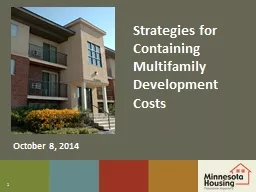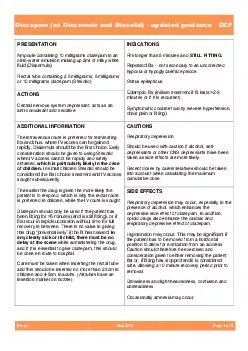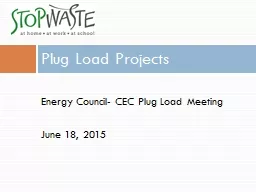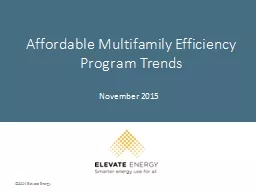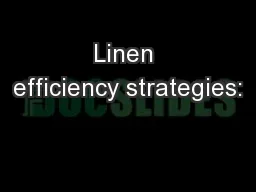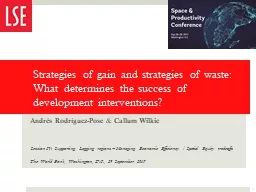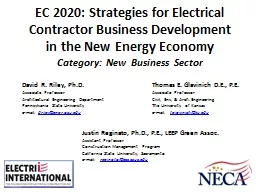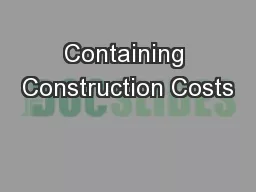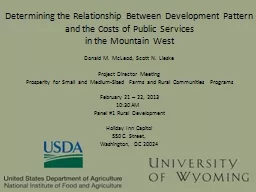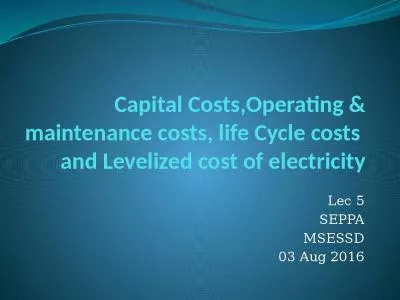PPT-Strategies for Containing Multifamily Development Costs October 8, 2014
Author : giovanna-bartolotta | Published Date : 2019-11-05
Strategies for Containing Multifamily Development Costs October 8 2014 Context Cost Curve for Housing Financed by Minnesota Housing adj for inflation Policy Cost
Presentation Embed Code
Download Presentation
Download Presentation The PPT/PDF document "Strategies for Containing Multifamily De..." is the property of its rightful owner. Permission is granted to download and print the materials on this website for personal, non-commercial use only, and to display it on your personal computer provided you do not modify the materials and that you retain all copyright notices contained in the materials. By downloading content from our website, you accept the terms of this agreement.
Strategies for Containing Multifamily Development Costs October 8, 2014: Transcript
Download Rules Of Document
"Strategies for Containing Multifamily Development Costs October 8, 2014"The content belongs to its owner. You may download and print it for personal use, without modification, and keep all copyright notices. By downloading, you agree to these terms.
Related Documents

